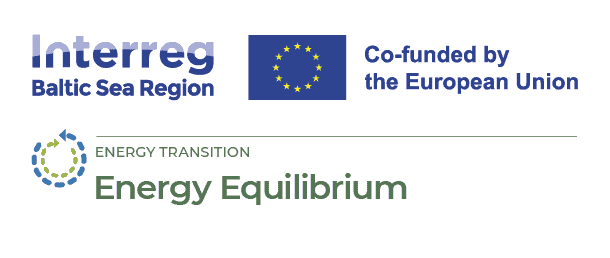
German Power Station Strategy
15 April 2024
The goal of Germany being completely CO2 neutral by 2045 can only be achieved in energy production using renewable energies. But what if the sun is hidden by a thick layer of clouds and the wind doesn’t blow? For this so-called “dark lull”, capacities must be created to be able to adequately cover energy requirements.
The German federal government is taking a first step with the power plant strategy published by the Federal Ministry for Economic Affairs and Climate Protection (BMWK) at the beginning of February 2024.
This strategy is basically divided into two building blocks. On the one hand, this involves the promotion and expansion of power plants that can provide the required energy flexibly and in a climate-neutral manner. On the other hand, the development of a capacity market in Germany is planned.
Power plant expansion
The challenge of providing energy in the future even at times when neither wind is blowing, nor sun is shining is becoming increasingly relevant thanks to the expansion of renewable energies. In the short term, electricity storage can meet energy needs. However, if these “dark lulls” last for several days, the capacity of electricity storage systems is not sufficient to cover demand. This requires power plants that can reliably and quickly provide several GW of energy. Currently, coal-fired power plants are taking on this task. According to the Coal Phase-out Act (“Kohleausstiegsgesetz” (KohleAusG)), their operations should be phased out gradually by 2038 at the latest, and at the request of the current government coalition by 2030. To replace this capacity, there is a need for power plants that can flexibly supply large amounts of green energy. According to the strategy paper, four gas power plants with an output of 2.5 GW each will be put out to tender in the short term and can be operated with hydrogen in the future. Since providing energy for a scenario that only occurs for a few days a year is not economically viable, the four gas power plants are to be subsidized, both during construction (Capex) and during operation (Opex). The cheapest offers receive the subsidy. A specific date for switching to hydrogen operation should be set in 2032. The switch should then take place between 2035 and 2040. As a supplement to the tender for larger power plants and to prepare them for hydrogen operation, research into pure hydrogen power plants should be subsidized. Power plants of up to 500 MW are to be supported. In addition, CO2 capture in conventional gas power plants will be used and further researched as part of the carbon management strategy during the bridging period. The production of “blue hydrogen” should also be promoted. “Blue hydrogen” is hydrogen that is produced from non-renewable energy, but the resulting carbon dioxide is stored using CO2 capture.
In addition to promoting power plants, the power plant strategy sees the removal of obstacles to the construction of electrolysers as essential. This means that planning and approval procedures for the types of power plants mentioned in the strategy should be significantly accelerated.
Capacity market
The second component is to restructure the electricity market and create a capacity mechanism or capacity market. Companies that provide energy in their power plants and only supply it when needed should be compensated for the energy they provide. This remuneration is financed by the state.
At the same time, this market model aims to control capacity. If there is a surplus of energy, consumers can be switched on and be compensated for their electricity consumption or receive a reduced tariff. The same applies to a lack of energy: consumers who switch off should receive compensation for this. In addition to the capacity mechanisms and the expansion of power plants, batteries in electric vehicles should be able to flexibly absorb and deliver small amounts of energy in the future.
Since both the funding of the power plants and the development of the capacity market involve state subsidies, these measures must be discussed further with the EU Commission. The current federal government wants to “continue on the constructive discussions from last summer,” says the paper.
Positive response in the energy industry
There is a lot of positive feedback on the power plant strategy from the industry. Particular emphasis is placed on the reliable power supply and the resulting planning security. The specification of the next steps, which builds on the first power plant strategy from August 2023, is also welcomed.
Criticism can be heard from bioenergy associations; biogas plants play no role either as a transitional or as a final solution.
A quick agreement with the EU is now necessary to have the subsidies approved and to put the draft into action. Then the power plant strategy, also in cooperation with the electricity storage strategy published in December 2023, can make an important contribution to achieving the goal of greenhouse gas neutrality by 2045.
This article was prepared by German partner ZEBAU.
Source of the photo: petrmalinak/Shutterstock.com





